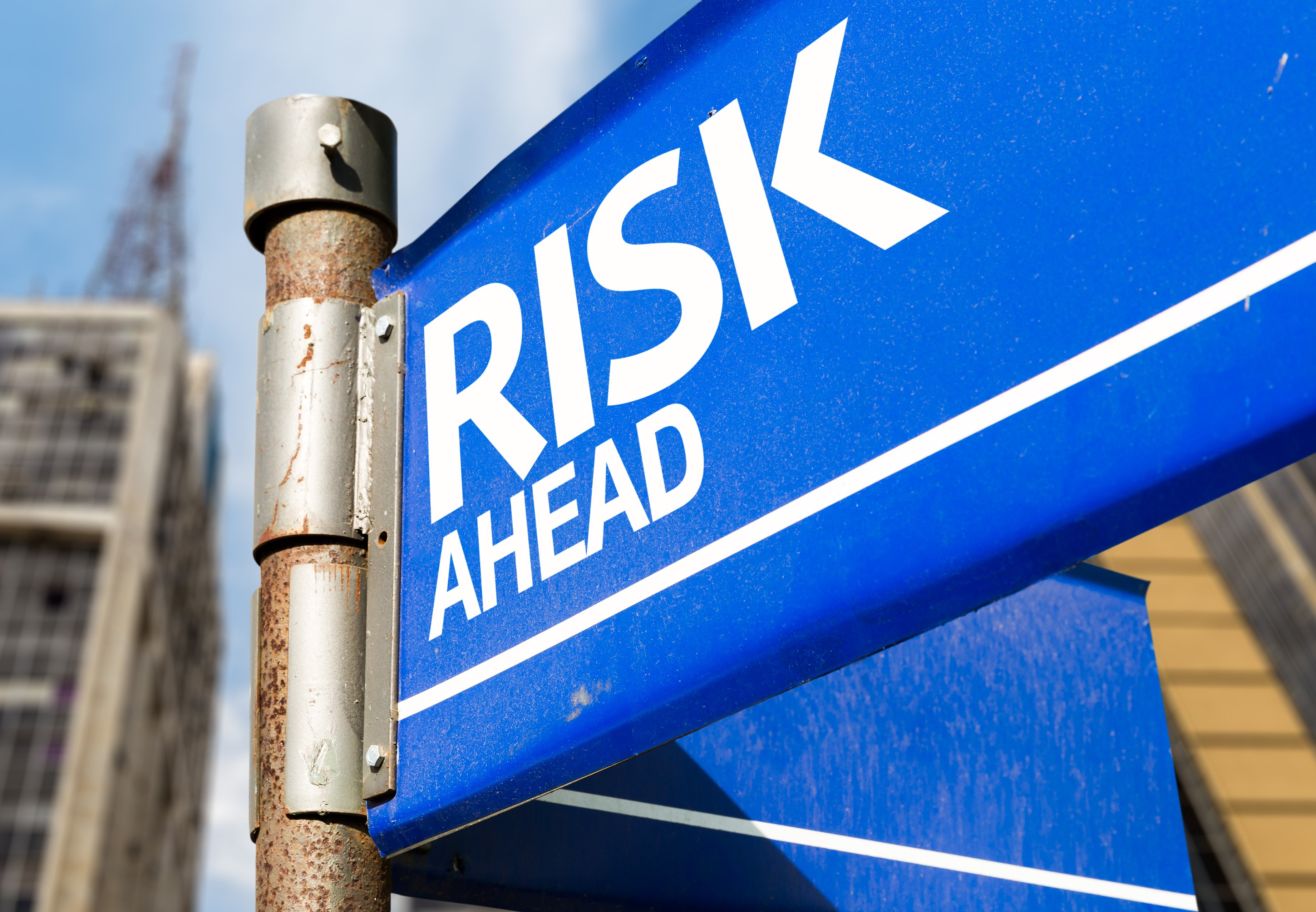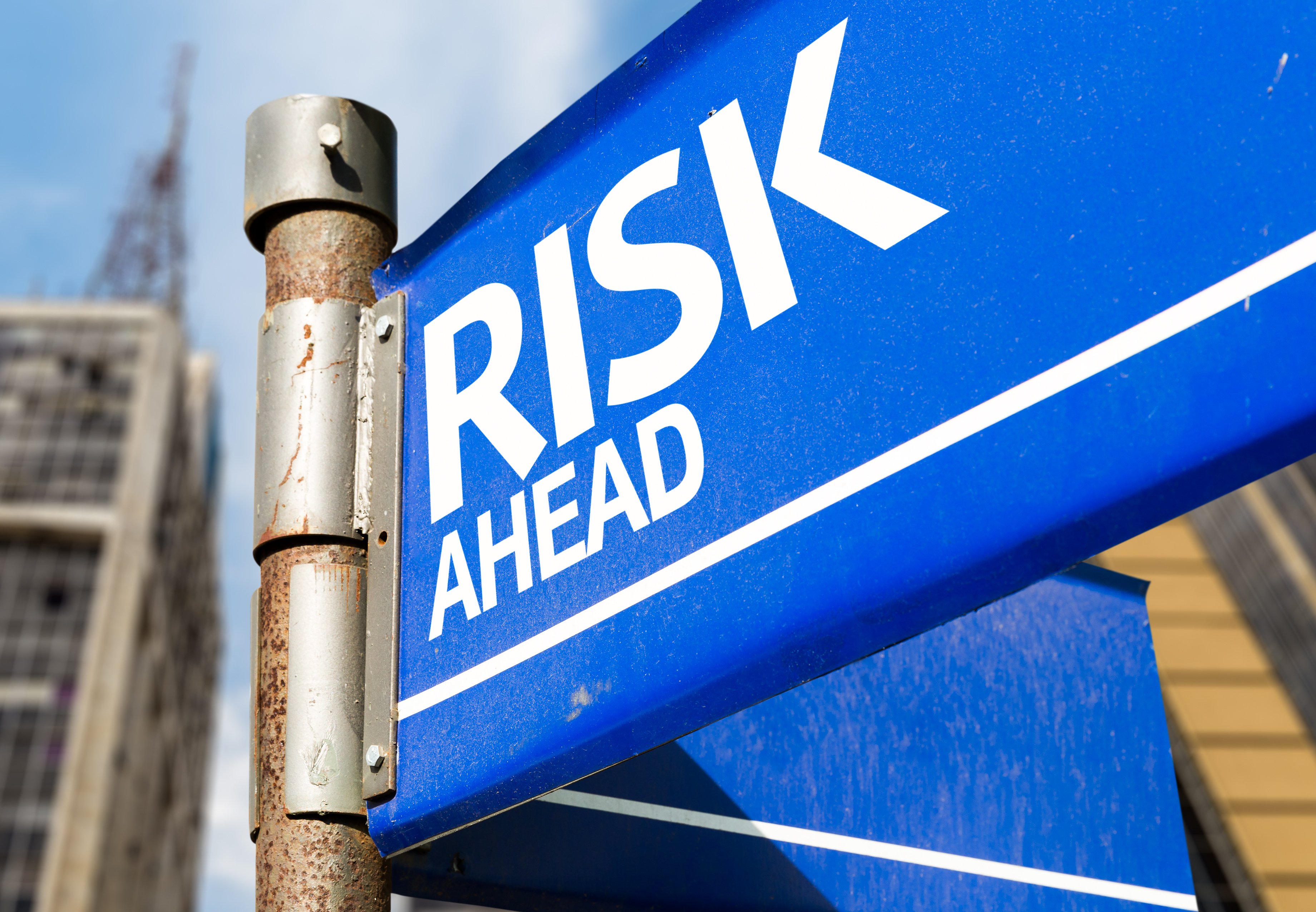
Image source: Getty Images.
Dividend stocks tend to be the foundation for most retirement portfolios. Investors have a bounty of reasons to choose dividend stocks over non-dividend-paying companies; the outperformance of dividend-paying stocks over the long-term relative to non-dividend payers is just one. Dividend stocks often have proven business models and clear long-term growth outlooks, and dividend stocks help hedge your downside during inevitable stock market corrections. Perhaps best of all, dividend payments can be reinvested into more shares of dividend paying stock. This process, known as compounding, results in a bigger dividend payment and even more shares of stock in a repeating pattern.
Ideally, dividend investors want the highest yields they can find for the least risk possible. This means finding high-yield dividend stocks -- generally stocks with a yield of 4% or higher -- that can be bought and held for a long period of time.
The stock market's most dangerous high-yield dividend stocks
Unfortunately, not all dividend stocks were created the same. Some are harboring dangerous deteriorations in their underlying business models that provide investors with only a false hope of juicy returns. Here are three such high-yielding dividend stocks that I'd surmise are the stock market's most dangerous.

Image source: Staples.
Staples
Income seekers might look at office supply superstore Staples' (SPLS +0.00%) 5.3% dividend yield and think "that was easy," but in reality this could be a wolf in sheep's clothing.
Staples' business model is something of a mess thanks to the dominance of e-commerce competition from Amazon.com (AMZN +3.38%). Amazon's low overhead has allowed it to undercut Staples' prices, attracting the small enterprise customers that Staples needs to grow.
Staples' initial response to this shift in buying habits was to merge with Office Depot (ODP +0.00%), a longtime rival. A merger would have resulted in substantial cost synergies and allowed the duo to use those savings to be more cost-competitive against online competitors. A federal judge, however, felt otherwise about the combination and sided with federal antitrust regulators by blocking it in court. The termination of the merger has left Staples with little choice but to close some of its underperforming brick-and-mortar locations. While closing stores will help reduce its costs and allow it to maintain its margins and profitability, cost-cutting isn't a long-term solution.
Staples has also been reinvesting in its direct-to-consumer solutions, but even here it seems to be failing. On a constant currency basis, Staples.com sales grew by just 1% in the first-quarter of 2016. This would suggest that the company is struggling to keep consumers and businesses loyal with so many e-commerce options available, and of course Amazon looming large with its army of Prime customers.
For now, Staples' dividend payout is being covered with ease. However, with sales contraction expected for as far as the eye can see, and cost-cutting being the company's only answer, this looks to be a dangerous high-yield dividend stock.

Image source: Outerwall.
Outerwall
Another potentially dangerous stock for high-yield income seekers to avoid is Outerwall (OUTR +0.00%), the company behind Redbox video rentals, Coinstar machines, and Gazelle, the company that buys and sells used electronic devices.
On the surface, things look great for shareholders. Outerwall's recently upped payout to $0.60 a quarter -- a 100% increase from its previous quarterly payout -- puts it on track to pay out 5.5% annually, all while sporting a forward P/E of less than 10. But the good comparisons stop there, because the underlying business model appears to be in big trouble.
The issue for Outerwall is that it's gone all-in on its Redbox video rental kiosks, even after quarterly subscriber data from streaming content giant Netflix conclusively showed that consumers were shifting away from the physical video rental business and toward streaming content. In other words, Outerwall is clinging to an industry that's precipitously declining -- and it showed during the company's first-quarter earnings results.
In the first quarter, Outerwall reported an 18.9% decline in Redbox revenue to $421.5 million from the prior-year period. RedBox makes up about 79% of Outerwall's total sales. The company blamed an 18% decline in physical DVD rentals for its woes, and like Staples it's now scrambling for ways to cut expenditures to improve its operating efficiency. But there's simply no catalyst to suggest DVD rentals are going to turn around anytime soon, if ever. As online streaming services become more prevalent, I'd opine Outerwall's pricing power will dwindle, as will its profits. This makes its 5.5% yield quite dangerous in my view.

Image source: Getty Images.
PDL BioPharma
In the healthcare sector, small-cap PDL BioPharma (PDLI +0.00%) also looks to be a dangerous high-yield stock in the making.
PDL BioPharma isn't a traditional biopharmaceutical company that takes a decade to research new drugs and bring them to pharmacy shelves. Instead, it purchases royalties on intellectual property in the healthcare field that allow it to collect recurring revenue on approved products using its IP. Because of this, PDL has very low overhead costs, which might make its 6% dividend yield and trailing P/E of less than two (not a misprint) seem like a bargain.
But there's one problem with PDL BioPharma, and it's a doozy!
The bulk of PDL's revenue is generated by its Queen patents, which are found in a number of blockbuster drugs, such as cancer drugs Avastin and Herceptin, as well as ophthalmologic drug Lucentis. However, the Queen patent expired in Dec. 2014. Warehousing of drugs using PDL's Queen-licensed products allowed it to feel little to no effect in 2015; but in 2016, the wheels of the bus are about to fall off. Without revenue from its Queen patents, PDL is on track to lose more than 80% of its sales in a span of less than two years. Furthermore, its annual EPS could plummet from the $2.04 it reported in fiscal 2015 to an estimated $0.11 by 2017, based on Wall Street's estimates.
PDL BioPharma's only recourse is to make new investments, but this could require going into debt or diluting existing shareholders by raising capital via common stock offerings. Having already slashed its dividend 67% from $0.15 a quarter, it's possible another equally large dividend cut is coming, which makes this royalty-based high-yield dividend stock not so royal after all.






